Global high-mix volume high-speed PCBA manufacturer
9:00 -18:00, Mon. - Fri. (GMT+8)
9:00 -12:00, Sat. (GMT+8)
(Except Chinese public holidays)
Global high-mix volume high-speed PCBA manufacturer
9:00 -18:00, Mon. - Fri. (GMT+8)
9:00 -12:00, Sat. (GMT+8)
(Except Chinese public holidays)
HomePage > Blog > Knowledge Base > Soft board vs hard board PCBA cost comparison, which one to choose?
Circuit boards are an essential component in electronics and come in two types: hard boards and soft boards. Rigid boards, known as hard boards, feature a base material of FR4. Such devices require stability and rigidity, such as computer and mobile phones motherboards. Rigid boards cannot bend and therefore maintain their shape.
Soft boards, on the other hand, are known as Flexible Printed Circuits (FPCs) and are made from flexible materials. The material allows them to bend and conform to different shapes.
Flexible printed circuits
FPCs differ from traditional PCBs and are commonly used in applications that require flexibility and a compact design.
The base material used in soft boards is Polyimide or “Pi” in short. The material is known for its small size, lightweight, and high flexibility. These characteristics allow it to be used in three-dimensional assemblies.
Despite its benefits, the production cost of Soft Board PCBA is higher than that of Hard Board PCBA. This is due to the complex and specialized pcb manufacturing process involved. The complexity lies in producing flexible circuit boards, as well as the higher cost of the materials used.
However, the use of FPC boards is not mandatory and depends on the specific requirements of the project. If a device requires flexibility and a compact design, FPC boards are a good choice. If stability and rigidity are the main concerns, then a hard board may be the better option.
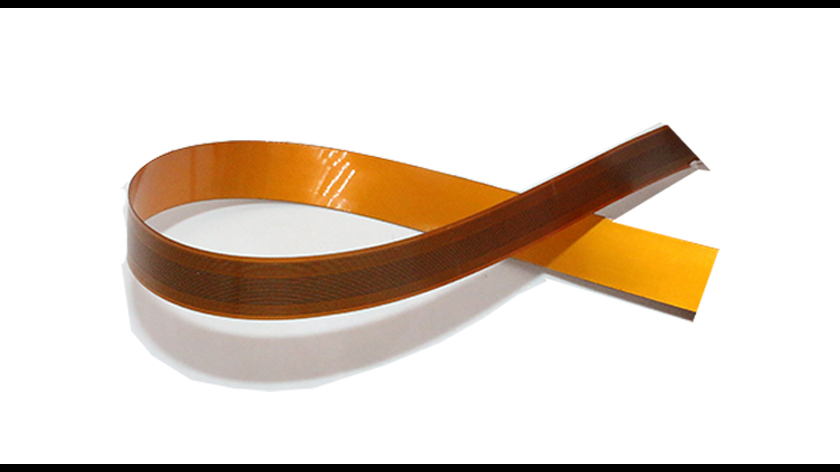
FPC PCBA production cost
The production cost of soft boards is higher than that of rigid boards. This is because of the circuit design, wiring, and photographic plate of flexible boards. The boards designed for special applications are more complex and require higher costs during the manufacturing process.
Ⅰ. Soft board PCBs require more stringent storage conditions compared to hardboard PCBs. To store an FPC properly, it kept away from air and water. Any exposure to these elements can cause the FPC to become warped or deformed, potentially leading to problems during production or even rendering it unusable. This kind of damage during storage increases the production cost of flexible board PCBA by forcing costly discards.
Ⅱ. The production process of flexible board PCBA requires specific fixtures, such as printing, furnace passing, and testing fixtures.
Ⅲ. A jig positions the FPC on the pallet and secures it throughout the SMT (Surface-mount Technology) process. Jigs come in various materials, including aluminum alloy, acrylic, synthetic stone, and glass fiber. The cost varies based on customer preferences. Typically, you attach 2 fixtures for every 100 sets of PCBA and 3 fixtures for 100-1000 sets of PCBA, and so on. Such quantity requirement directly affects the cost of flexible board PCBA fixtures.
Ⅳ. Inspection of soft board PCBA mainly involves manual visual checks, leading to inefficiency and high labor costs. Flexible board PCBA rework is also challenging, requiring trained personnel and taking longer than the repair of the hardboard. This increases the labor cost associated with soft board PCBA production.
Why use the FPC board?
Since the production cost of soft board PCBA is higher than that of hardboard PCBA, why use FPC board in product design?
Usable applications
Electronic devices use FPCs for their repeated bending and component assembly needs, such as connecting the printer to the print head. They also facilitate wire connections in these applications.
FPCs applications include:
· Wearable devices that require high flexibility
· Monitors and displays
· Mobile devices connectors and interfaces
· Medical devices for disposable PCBs requirement and more…
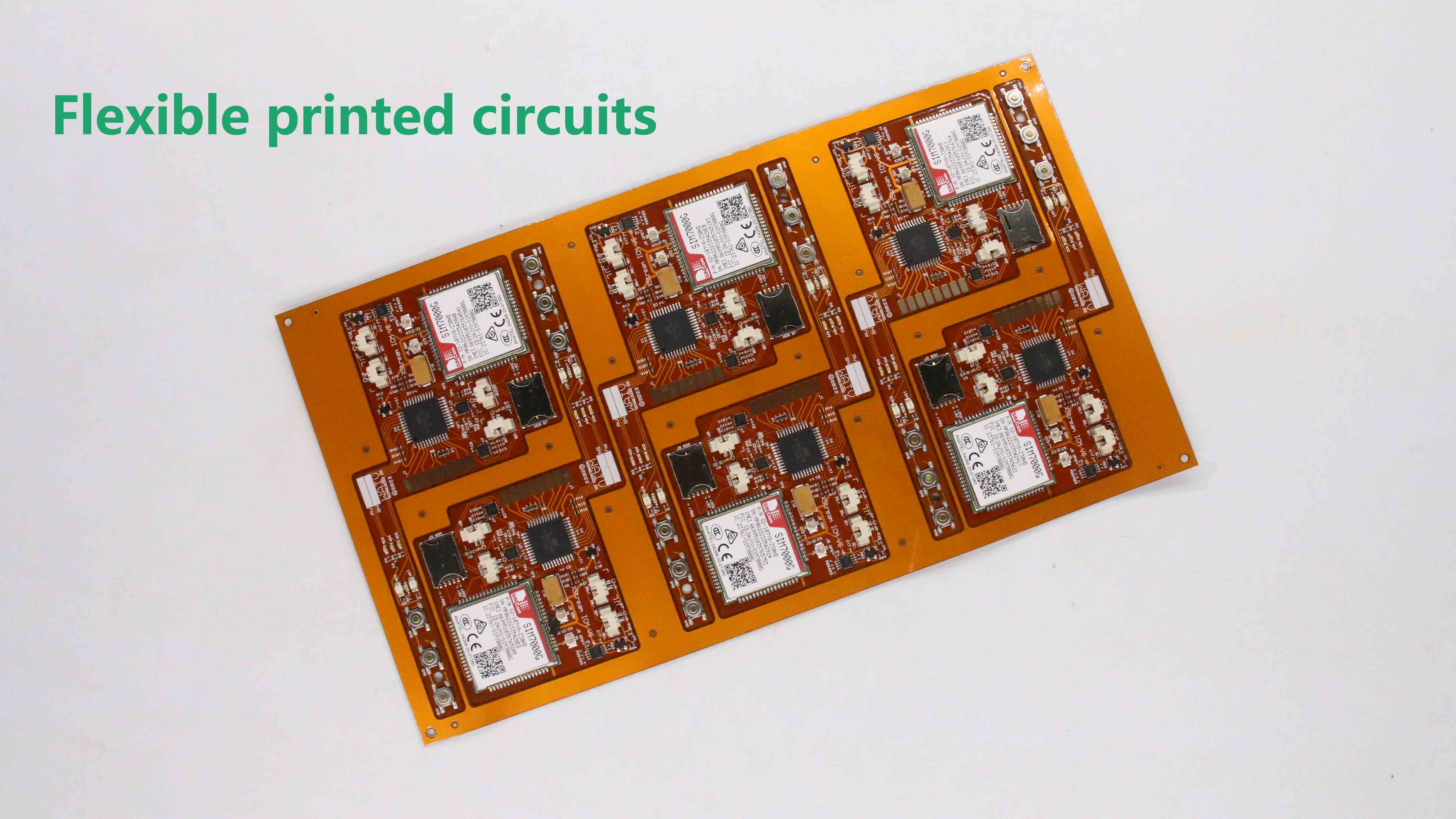
FPC is highly flexible and can withstand thousands to tens of thousands of bends within its allowable degree without damage. This makes it ideal for shaping along product shells and turning at any angle to support product design. Using FPC can also save 60-90% more space compared to rigid PCB.
The FPC’s flexibility enables it to bend without negatively impacting the signal transmission function. This characteristic reduces electrostatic interference and increases the lifespan of the product by preventing damage during repeated bending and use. It also reduces assembly time and errors, with all circuit lines preconfigured, eliminating the need for extra wiring connections. This makes FPC a superior option compared to other types of circuit boards.
FPC reduces the size and weight of electronics and drives their development towards miniaturization, precision, density, and reliability. Despite its higher cost, using flexible PCBA can improve efficiency in some designs.
FPC PCBA Summary
Discover the benefits of soft board PCBA with PCBasic. We are a small quantity pcb manufacturer, offering prototypes and mass-production options. Trust us to handle your flex PCBA project with reliable custom pcb manufacturing, mounting, and testing services.

Assembly Enquiry
Instant Quote
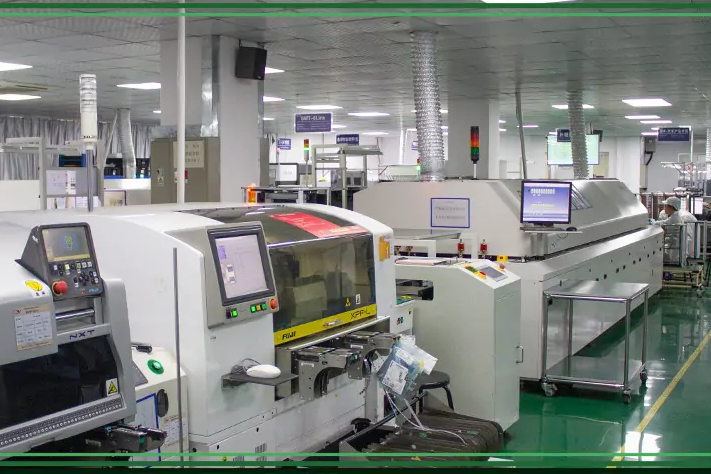
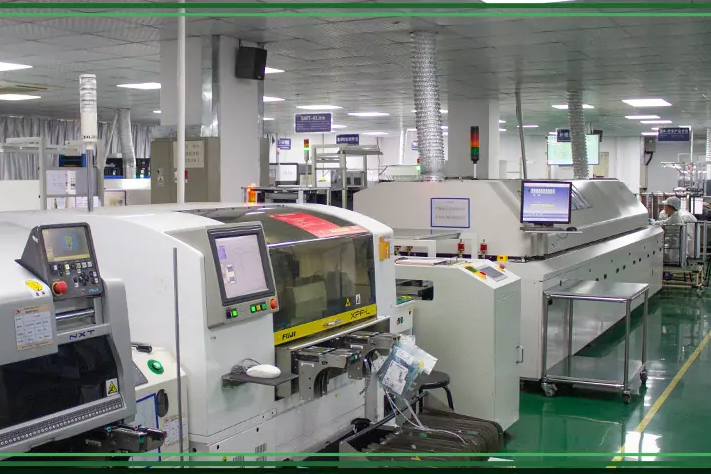
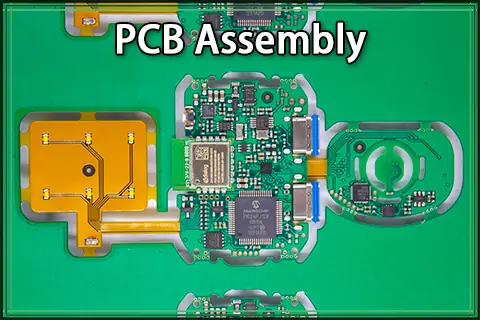
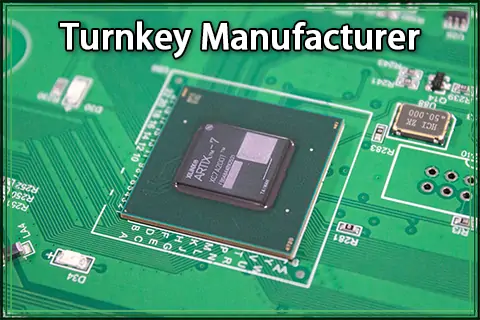
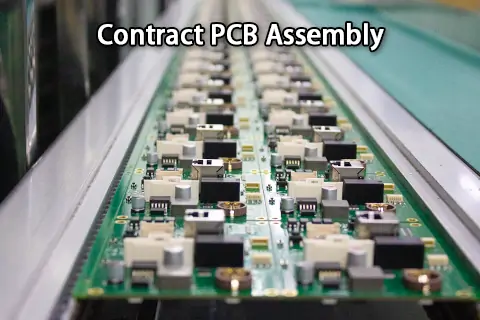
Phone contact

+86-755-27218592
In addition, we've prepared a Help Center. We recommend checking it before reaching out, as your question and its answer may already be clearly explained there.
Wechat Support

In addition, we've prepared a Help Center. We recommend checking it before reaching out, as your question and its answer may already be clearly explained there.
WhatsApp Support

In addition, we've prepared a Help Center. We recommend checking it before reaching out, as your question and its answer may already be clearly explained there.
